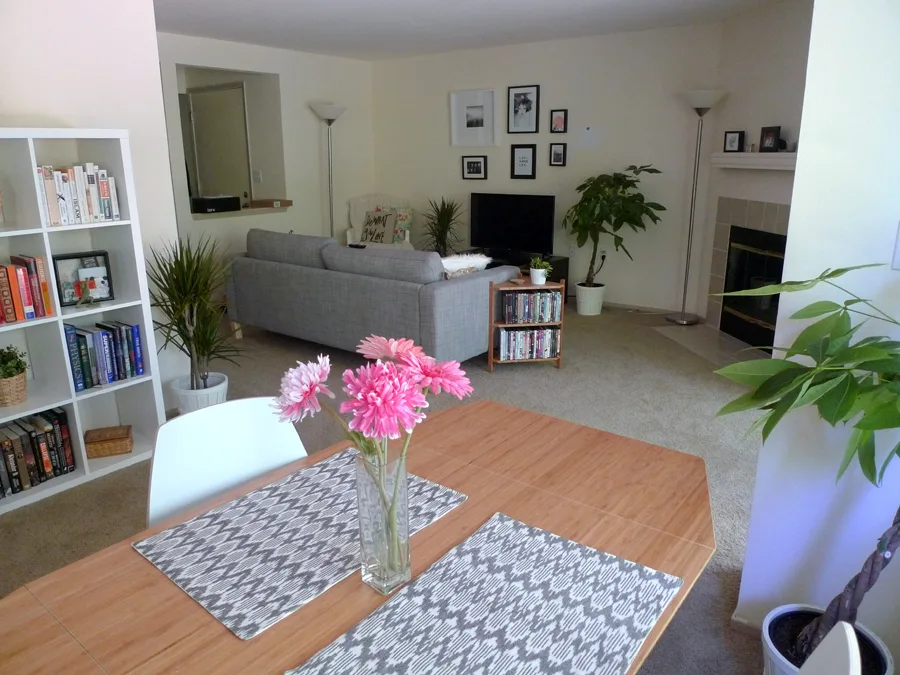Minimalist living is more than just a trend—it is a lifestyle that emphasizes simplicity, mindfulness, and conscious living. In recent years, the concept of minimalism has grown in popularity, especially as people are increasingly seeking ways to downsize and reduce the clutter in their lives. But minimalist living is not just about getting rid of physical possessions; it is about making intentional choices to create a space that promotes clarity, calm, and focus. In this article, we will explore practical tips for creating a clutter-free home, focusing on strategies for embracing minimalist living.
Advertisement
What is Minimalist Living?
Minimalism is a lifestyle choice that advocates for the removal of unnecessary possessions, focusing instead on what truly adds value to one’s life. The central idea of minimalism is to reduce distractions and material excess to make space for what is important—whether that be relationships, creativity, or personal growth. Minimalist living goes beyond decluttering; it’s about shifting your mindset and making intentional decisions about how you use your space, time, and energy.
At the heart of minimalist living is the belief that fewer possessions mean more freedom. By letting go of things that no longer serve a purpose or bring joy, you can create an environment that is more peaceful, organized, and conducive to well-being.
Why Choose Minimalist Living?
Minimalist living has gained traction for a number of reasons:
-
Mental Clarity and Focus: A cluttered home can lead to a cluttered mind. Studies show that the more stuff you have, the more your brain has to process. By reducing clutter, you can improve focus and mental clarity, which can lead to greater productivity and a sense of calm.
-
Sustainability: Minimalism encourages mindful consumption, meaning fewer items are purchased and discarded. This can have a positive environmental impact by reducing waste and promoting sustainable living.
-
Financial Benefits: By focusing on purchasing only what is necessary, minimalism can help you save money and avoid the financial strain of excessive consumerism.
-
Increased Freedom: A clutter-free home requires less maintenance, meaning more time and energy can be spent on things that truly matter, such as relationships and personal growth.
-
Better Relationships: Minimalism encourages mindfulness and intentionality in all aspects of life, including relationships. With fewer distractions, you can focus more on connecting with others.
Practical Tips for Creating a Clutter-Free Home
If you’re ready to embrace minimalist living, here are some practical tips to help you get started:
1. Declutter Room by Room
The first step in minimalist living is to declutter your home. The idea of decluttering can feel overwhelming, so it’s helpful to tackle one room at a time. Start small—begin with a room or space that will give you the most immediate sense of accomplishment, such as your closet or kitchen. Here’s how to approach each room:
-
Living Room: Remove unnecessary furniture and decorative items that do not add to the space’s functionality or aesthetic appeal. Choose furniture pieces that are both functional and aesthetically pleasing. Opt for simple designs and neutral colors that can be easily matched with other items.
-
Kitchen: Organize your kitchen by getting rid of duplicate items and gadgets that you rarely use. Keep only those items that you use frequently, such as your favorite knives, pots, pans, and utensils. Consider investing in high-quality kitchen tools that will last longer and serve multiple purposes.
-
Bedroom: Focus on creating a calm, restful environment in the bedroom. Remove items that don’t belong, such as old clothes, books, or papers. Stick to the essentials, like a comfortable bed, bedside table, and essential lighting. Choose minimalist furniture with clean lines and functionality in mind.
-
Bathroom: Declutter your bathroom by keeping only the toiletries that you use on a daily basis. Dispose of expired products and consider replacing bulky bottles with smaller, refillable containers. Use shelves or baskets for storage to keep items neat and organized.
